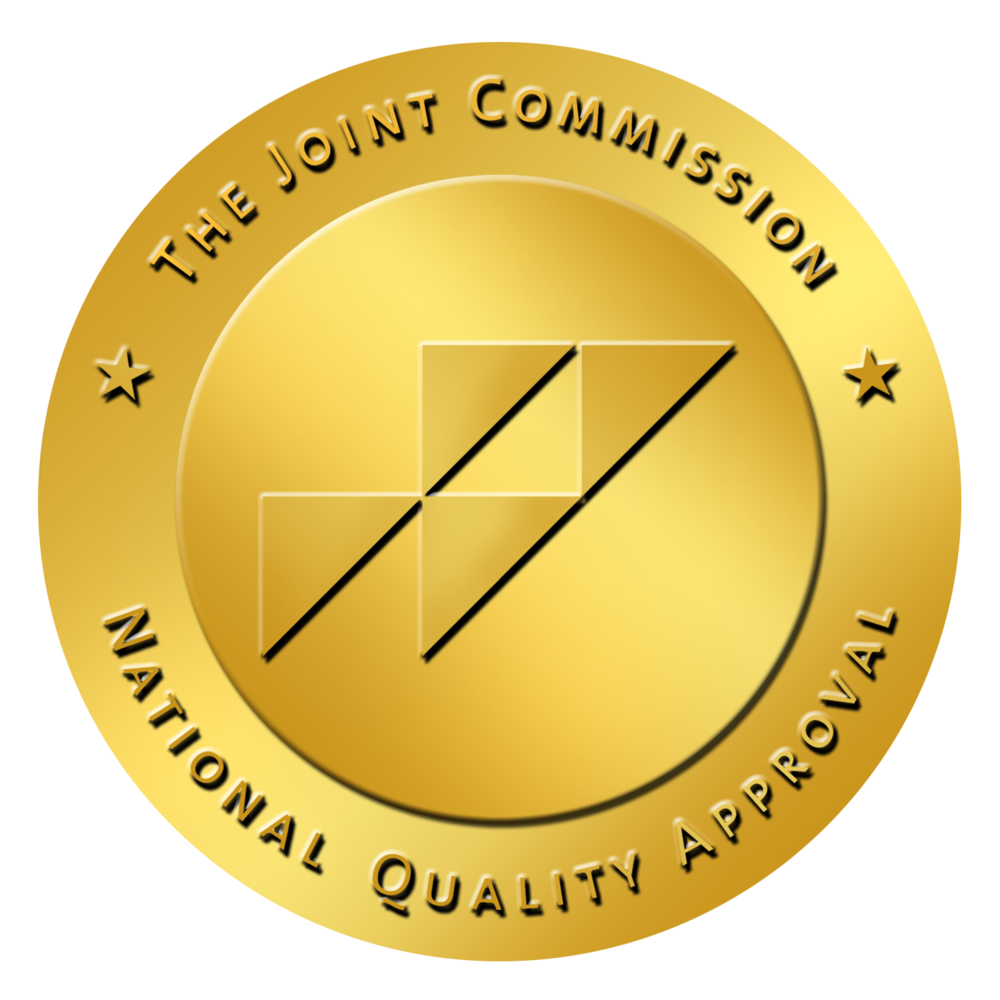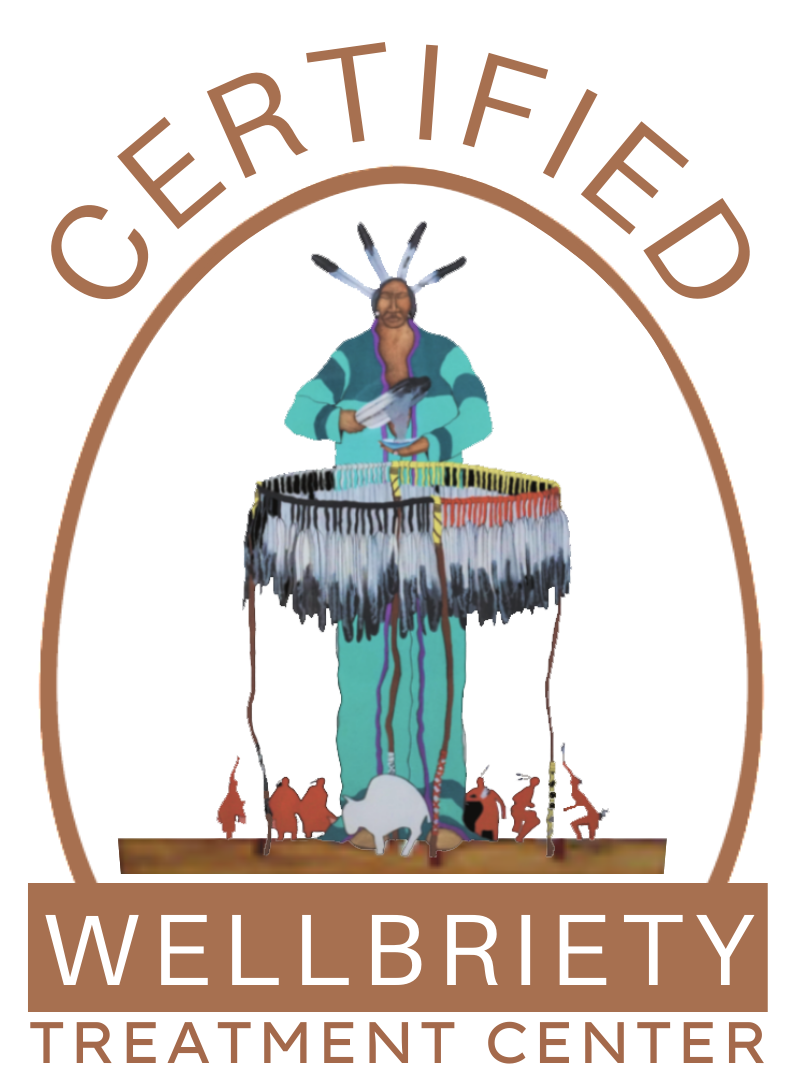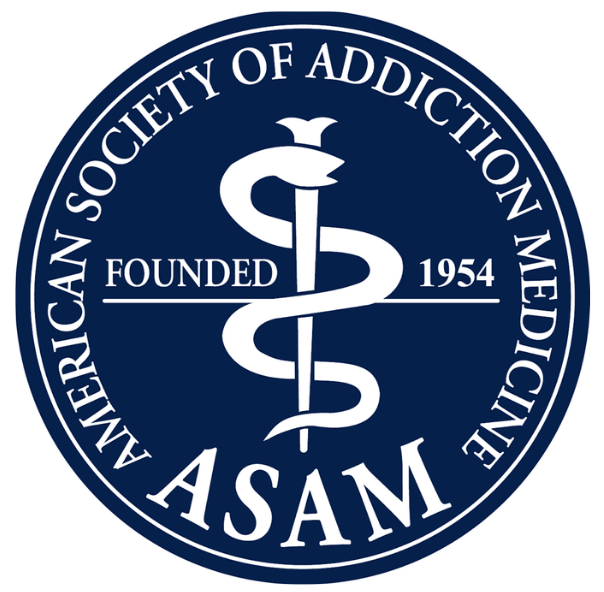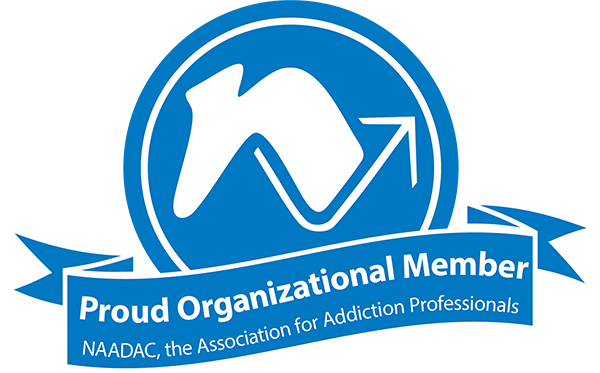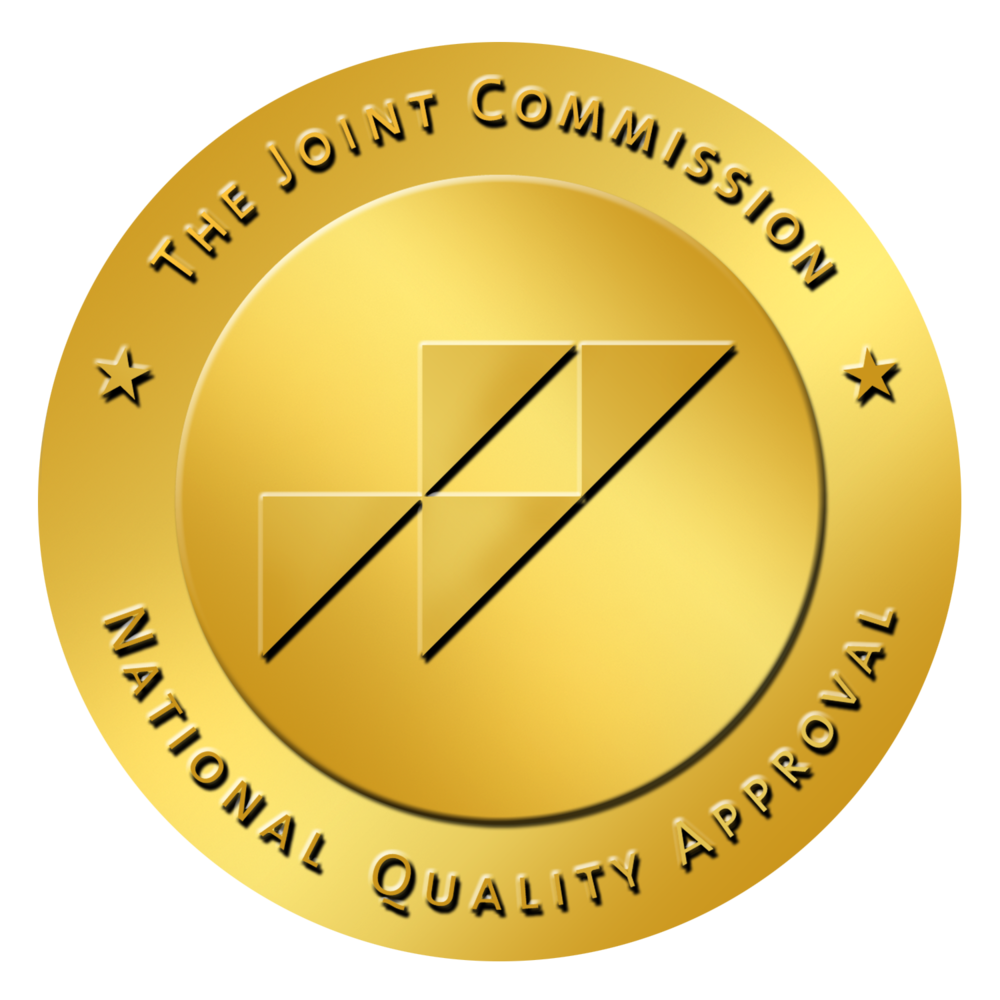Experiencing trauma can leave psychological scars that shape how a person thinks, feels, and interacts with the world. For some, especially those who have endured repeated or long-term trauma, the effects can evolve into a condition known as complex post-traumatic stress disorder (C-PTSD). Unlike traditional PTSD, which may arise after a single traumatic event, complex PTSD develops when someone is exposed to chronic, inescapable trauma, such as ongoing abuse, neglect, or captivity. It can damage a person’s mood, ability to form relationships, and self-worth.
Understanding complex PTSD is the first step toward healing. With the right diagnosis, trauma-focused therapies, and support, recovery is possible.
What Is Complex PTSD?
Complex PTSD, also known as C-PTSD, is a form of severe and prolonged PTSD. Unlike traditional PTSD, which typically stems from a single traumatic event, complex PTSD results from ongoing trauma. This includes situations such as chronic abuse, neglect, torture, or captivity — situations where the person feels trapped and unable to escape.
People with complex PTSD often experience the same symptoms as PTSD, including flashbacks, nightmares, and severe anxiety, but they may also struggle with additional challenges such as difficulty regulating emotions, a distorted sense of self, and trouble maintaining healthy relationships.
Hyperarousal and Reactivity
One of the hallmark symptoms of complex PTSD is hyperarousal. This is a state of being constantly on alert, as if danger could appear at any moment. As an example of what this may look like, imagine a a woman who survived severe neglect and abuse throughout her childhood; she may find herself constantly on edge even in safe environments. When she walks into a crowded grocery store, she unconsciously begins scanning everyone’s faces and body language for signs of anger or threat. She may be startled by the crashing sound of a shopping cart being pushed back into the other carts. Her heart will race, her breathing will be shallow, and she will feel tense throughout her body.
This heightened reactivity stems from the body’s prolonged exposure to stress and its inability to return to a calm baseline. It can lead those with C-PTSD to have exaggerated startle responses, difficulty sleeping, irritability, or bursts of anger. Even minor stressors can trigger intense emotional or physical reactions, making it hard to relax or feel safe.
Hyperarousal and Reactivity
While complex PTSD and traditional PTSD share many overlapping symptoms, such as flashbacks, avoidance, and intrusive memories, the two conditions differ in their origins and impact. PTSD is typically caused by a single, identifiable traumatic event—like a natural
disaster, accident, or assault—while C-PTSD develops after chronic, long-term trauma, often during formative years.
Those with C-PTSD may experience additional symptoms not typically seen in standard PTSD, including:
- Persistent feelings of shame or guilt
- Difficulty trusting others or maintaining relationships
- Emotional numbness or instability
- A negative self-image or sense of worthlessness
In essence, PTSD is often about surviving a traumatic event, whereas C-PTSD is about surviving a prolonged environment of trauma that reshapes a person’s sense of safety, self, and connection to others.
How Is Complex Post-Traumatic Stress Disorder Diagnosed?
Diagnosing complex PTSD can be challenging, as its symptoms often overlap with other mental health conditions such as borderline personality disorder (BPD), depression, and anxiety disorders. Mental health professionals typically use a comprehensive clinical evaluation to assess the individual’s trauma history, symptoms, and emotional functioning over time.
A diagnosis of C-PTSD is usually made based on criteria outlined in the International Classification of Diseases (ICD-11), which recognizes complex PTSD as a distinct condition separate from traditional PTSD. According to these criteria, a person must first meet the requirements for PTSD while also featuring additional symptoms like:
- Emotional dysregulation: difficulty controlling anger, sadness, or fear
- Negative self-concept: persistent feelings of guilt, shame, or worthlessness
- Interpersonal difficulties: challenges in forming or maintaining close relationships due to mistrust or detachment
Clinicians may use structured interviews, psychological questionnaires, and observations over time to determine whether a person’s symptoms are consistent with complex PTSD rather than another mental health disorder. A thorough assessment is essential, as accurate diagnosis helps guide effective treatment planning and long-term recovery.
The Link Between Addiction and Trauma
Trauma and addiction are intimately linked. Trauma changes the brain’s stress and reward systems. Exposure to intense or chronic stress can cause the brain to lose control of its ability to control important chemicals like dopamine and norepinephrine, altering how the brain experiences pleasure and threat, respectively.
Trauma can also cause the amygdala to become overactive, leading to a heightened fear response, while the prefrontal cortex—responsible for impulse control and reasoning—becomes less active. Drugs and alcohol can temporarily rebalance these systems by numbing anxiety or producing pleasure, but as mentioned, this effect is only temporary. In the long term, substance abuse causes further damage to the brain—most notably dependence, but also other issues such as cognitive decline.
How Is Complex PTSD Treated?
Treating complex PTSD requires a comprehensive, trauma-informed approach that addresses both the emotional wounds of long-term trauma and the lasting effects it has on the brain and body. Because C-PTSD involves deeply rooted patterns of fear, shame, and emotional dysregulation, treatment often combines psychotherapy, medication, and holistic support to help individuals rebuild a sense of safety, trust, and self-worth.
Trauma-Focused CBT
Trauma-focused cognitive behavioral therapy (CBT) helps individuals identify and reframe unhelpful thought patterns that stem from traumatic experiences. This form of therapy teaches coping strategies to manage distressing emotions and reduce the power of intrusive memories. Over time, it helps people reinterpret their trauma stories in a way that promotes healing from C-PTSD.
EMDR
EMDR is an evidence-based therapy designed to help people process traumatic memories and reduce their emotional intensity. During EMDR, a therapist guides the client through sets of bilateral eye movements, taps, or sounds while recalling distressing events. This process helps the brain reprocess traumatic memories so they can be stored in a healthier, less distressing way, allowing for emotional relief and greater resilience.
ACT
Acceptance and Commitment Therapy (ACT) focuses on helping individuals accept their painful memories and emotions rather than trying to avoid or suppress them. Through mindfulness and values-based action, ACT encourages people to live meaningful lives even in the presence of trauma-related distress. This approach is particularly useful for those struggling with shame, guilt, or self-blame—core features of complex PTSD.
Exposure Therapy
Exposure therapy aims to reduce avoidance and fear by gradually and safely exposing individuals to memories, feelings, or situations associated with trauma. By confronting rather than avoiding these triggers, the brain learns that they no longer signal danger. Over time, this can reduce anxiety and hyperarousal while fostering a greater sense of control and safety.
Medication
While therapy is the cornerstone of treatment for complex PTSD, medication can play a supportive role in managing symptoms such as depression, anxiety, or sleep disturbance. Medications are often used alongside psychotherapy to help stabilize mood and make it easier for individuals to engage in the therapeutic process.
Selective serotonin reuptake inhibitors (SSRIs) and serotonin-norepinephrine reuptake inhibitors (SNRIs) are commonly prescribed to help regulate mood, reduce intrusive thoughts, and ease anxiety symptoms.
In some cases, short-term use of anti-anxiety medications (such as benzodiazepines or non-addictive alternatives) may be recommended to alleviate acute anxiety or panic symptoms. However, due to their potential for dependence, they are typically prescribed with caution.
Other medications—such as sleep aids, mood stabilizers, or antipsychotic medications—may be used to manage specific symptoms like insomnia, mood swings, or intrusive thoughts. These are tailored to the individual’s needs under the supervision of a psychiatrist or qualified medical provider.
Complex PTSD Treatment for Veterans
Veterans are among the groups most vulnerable to developing complex post-traumatic stress disorder due to prolonged exposure to high-stress, life-threatening, or morally conflicting situations. Unlike traditional PTSD, which may result from a single traumatic event, complex PTSD often stems from repeated trauma—such as extended combat exposure, captivity, or ongoing psychological strain during deployment.
For many veterans, the transition back to civilian life can trigger or intensify symptoms such as hypervigilance, emotional numbness, and difficulty trusting others. Left untreated, these symptoms can lead to isolation, depression, or substance use as a means of coping.
Seeking treatment for C-PTSD is crucial not only for emotional healing but also for restoring a sense of safety, identity, and purpose. Evidence-based therapies—such as trauma-focused CBT, EMDR, or ACT can help veterans process trauma, regulate emotions, and rebuild healthy connections. Additionally, programs that incorporate peer support, family involvement, and holistic care often help veterans feel understood and empowered on their path to recovery.
Tips for Successful Complex PTSD Treatment
Recovering from complex post-traumatic stress disorder (C-PTSD) takes time, compassion, and the right therapeutic approach. While every healing journey is unique, several strategies can help improve treatment outcomes. First, consistency is key—attending therapy sessions regularly helps you build trust and learn coping skills at a sustainable pace. Combining trauma-focused therapy with holistic approaches, such as mindfulness, yoga, or art therapy, can help regulate emotions and reconnect mind and body. Surrounding yourself with a strong support network—whether family, peers, or a treatment community—also plays a vital role in long-term recovery. Finally, remember that progress isn’t linear. Healing from complex trauma often happens in layers, so celebrate small victories along the way and stay committed to your treatment plan, even when the process feels challenging.
Is Complex PTSD Treatment Covered by Insurance?
Most major insurance providers offer coverage for complex PTSD treatment, but the level of coverage depends on your plan and the type of care you need. Many insurance plans include partial or full coverage for evidence-based therapies such as Cognitive Behavioral Therapy (CBT), Eye Movement Desensitization and Reprocessing (EMDR), and Dialectical Behavior Therapy (DBT). At Aliya Health Group, our admissions team can verify your insurance benefits quickly and confidentially to help you understand what’s covered before you begin treatment. We work with both in-network and out-of-network providers to make high-quality trauma care accessible and affordable.
Get Help for Complex PTSD at Aliya Mental Health
You don’t have to live in survival mode any longer. At Aliya Mental Health, we specialize in compassionate, trauma-informed care to help you heal from complex PTSD and reclaim your sense of safety and self. Our experienced clinicians offer personalized treatment plans that integrate therapy, holistic healing, and peer support—so you can find lasting relief and recovery.
